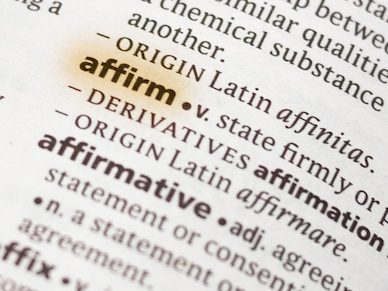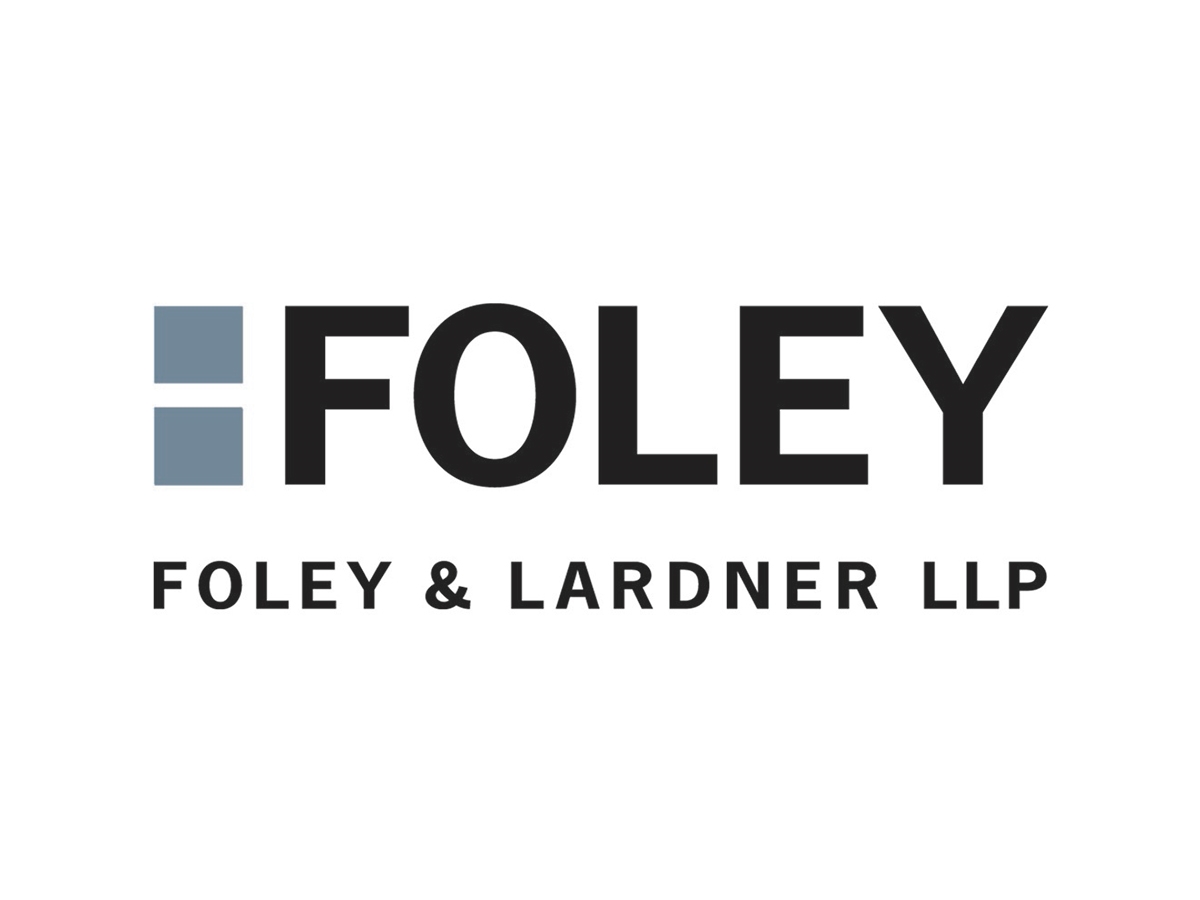CAFC Affirms PTAB Finding that Reasonable Pertinence Proves Analogous Art
“[T]he Board’s reasonable-pertinence finding was sufficient for Gelb to be analogous art.” – CAFC opinion
The U.S. Court of Appeals for the Federal Circuit (CAFC) issued a brief opinion authored by Judge Chen today that rejected Daedalus Blue LLC’s appeal of a Patent Trial and Appeal Board (PTAB) decision finding certain claims of its patent on a data management system unpatentable.
The PTAB held that U.S. Patent No. 8,671,132 was unpatentable as obvious over combinations of three prior art references: “Gelb”, “Tivoli”, and “Callaghan.” Daedalus in part argued on appeal that the Board incorrectly found that Gelb is analogous art because Gelb “is not reasonably pertinent to the problems identified in the ’132 patent.”
The Board agreed with Daedalus that one problem identified in the ’132 patent is “‘not permit[ting] a user to automatically select between multiple storage options’ and not addressing ‘[files] with varying storage or performance requirements or equipment with varying capacities and performance levels.’” Looking at Gelb’s specification, the Board concluded that Gelb addresses the same problem: “namely that prior art storage access methods did not permit programmers to write code that would allow users to automatically select the appropriate storage devices based on ‘high or logical level’ concepts, such as ‘data sets, data bases and the like.’” The Board therefore found Gelb would be reasonably pertinent to at least one problem addressed by the ‘132 patent.
The CAFC said substantial evidence supported the PTAB’s finding and that it did not therefore need to address Daedalus’ remaining arguments, specifically that: “(1) the Board erred by not construing the claim term “plurality of clients” as “clients in a networked environment”; and (2) Gelb is not analogous art because it is not in the same field of endeavor as the ’132 patent.”
However, even if the court were to accept Daedalus’ proposed construction as correct, it would not change the finding on reasonable pertinence because “the identified problem is agnostic to whether the clients are in a networked environment,” wrote the CAFC.
Dennis Crouch of Patently O noted that this statement might hold a key to limiting the scope of analogous art in a post-America Invents Act world:
“In other words, the patentee’s argument might have worked if the Daedalus patent had expressly identified the problem being solved as focused on storage options “in a networked environment.”
Although the patentee lost this appeal, I believe that it adds to the body of evidence that applicants should consider filing narrower patent specifications when appropriate. In our post-AIA world, patents are more likely than ever to be invalidated post-issuance, and a carefully crafted problem statement can help limit the scope of analogous art.”
Finally, the court simply dismissed Daedalus’ argument that Gelb is not in the same field of endeavor because “the Board’s reasonable-pertinence finding was sufficient for Gelb to be analogous art.” The opinion cited to Donner Tech., LLC v. Pro Stage Gear, LLC, in which the CAFC, quoting from In re Bigio, 381 F.3d 1320, 1325 (Fed. Cir. 2004) said:
“Two separate tests define the scope of analogous prior art: (1) whether the art is from the same field of endeavor, regardless of the problem addressed and, (2) if the reference is not within the field of the inventor’s endeavor, whether the reference still is reasonably pertinent to the particular problem with which the inventor is involved.”
Thus, said the CAFC, “a reference is analogous art if it is either in the same ‘field of endeavor’ or ‘reasonably pertinent to the particular problem with which the inventor is involved.’” The PTAB’s decision was therefore affirmed.
Image Source: Deposit Photos
Authors: harafmaksumov
Image ID: 229492118
Eileen McDermott
Eileen McDermott is the Editor-in-Chief of IPWatchdog.com. Eileen is a veteran IP and legal journalist, and no stranger to the intellectual property world, having held editorial and managerial positions at […see more]







